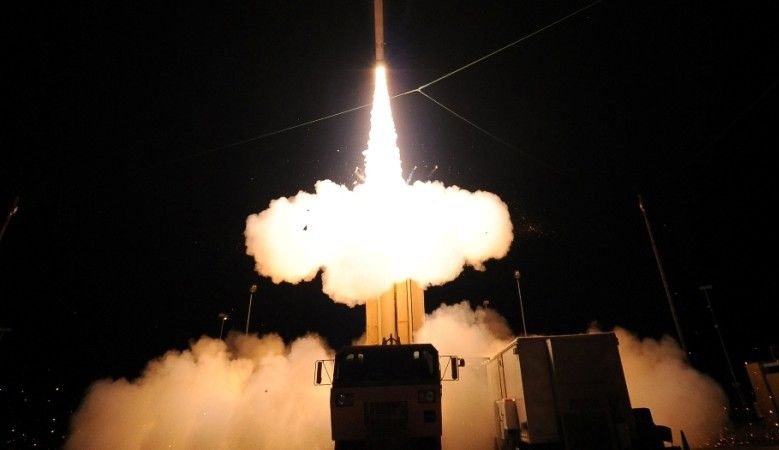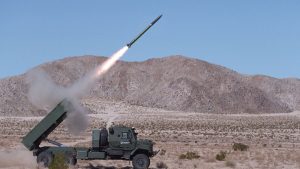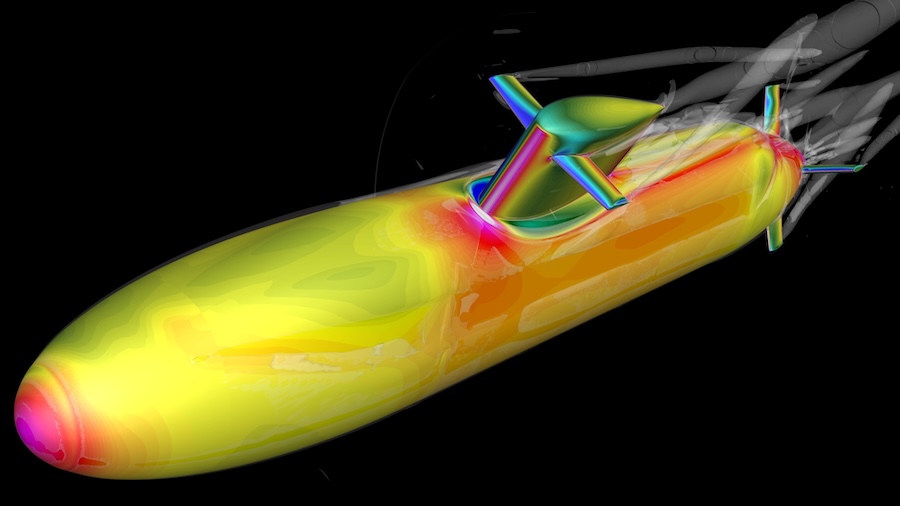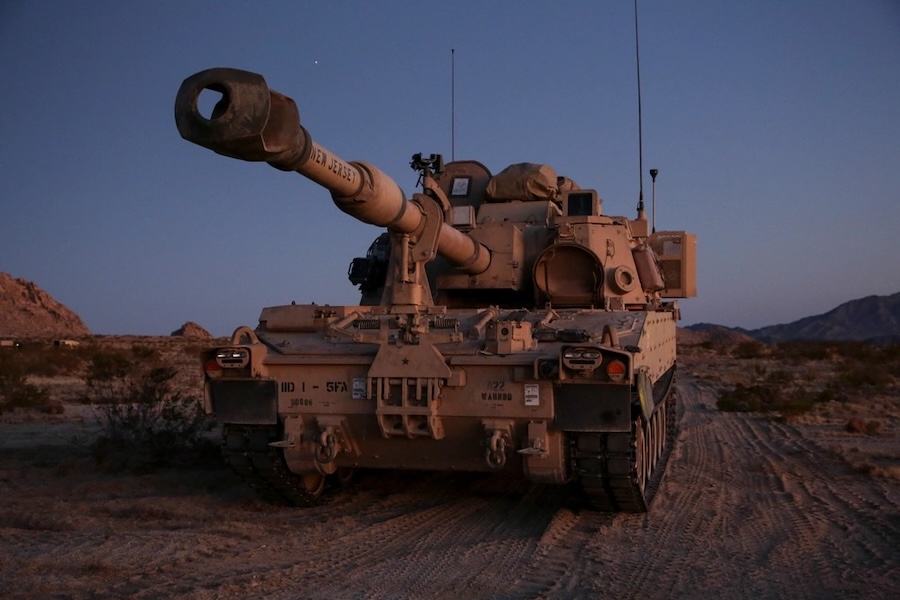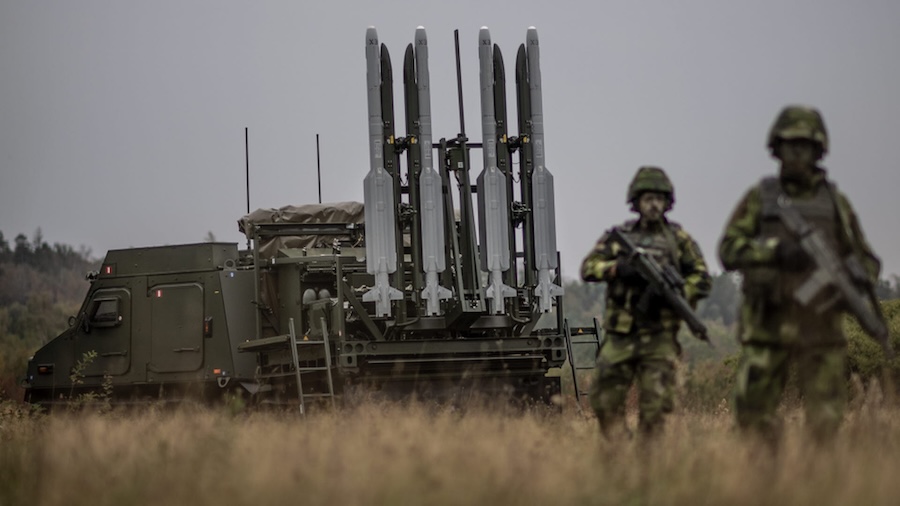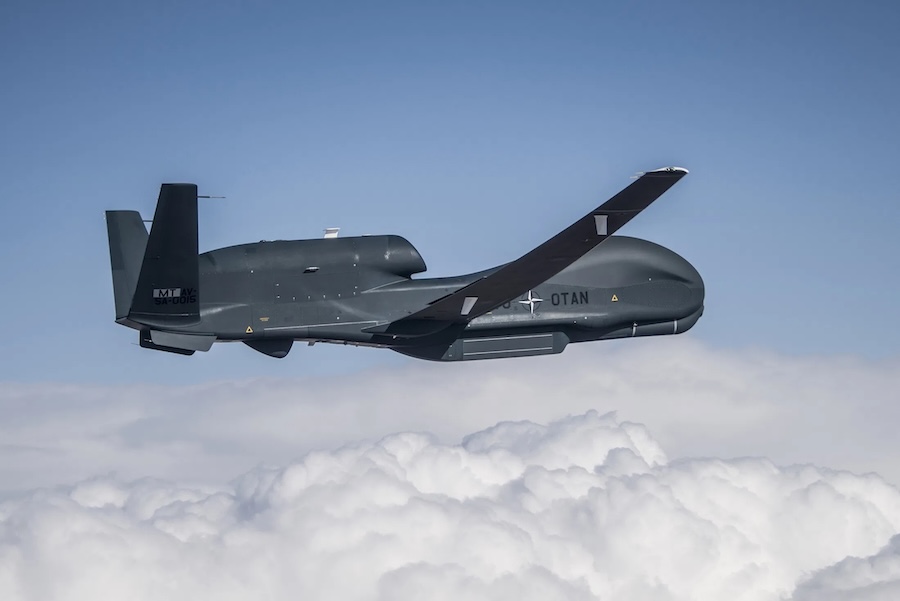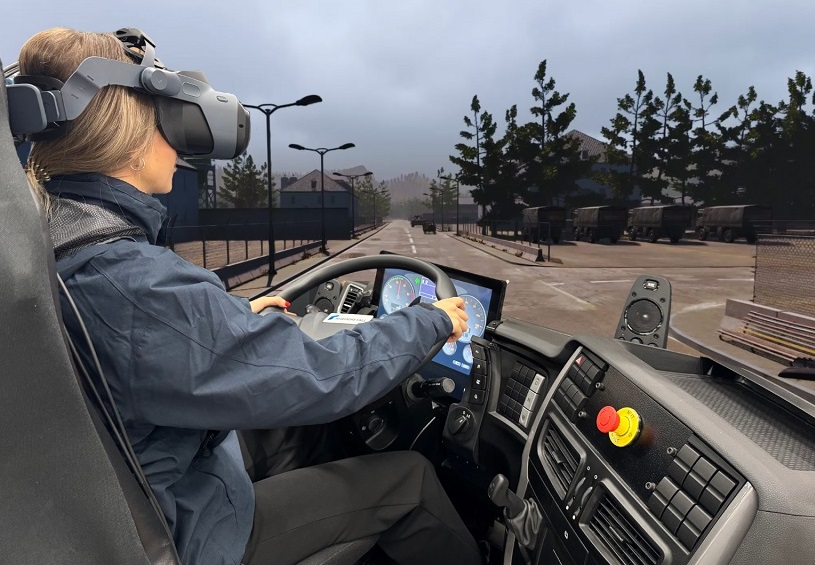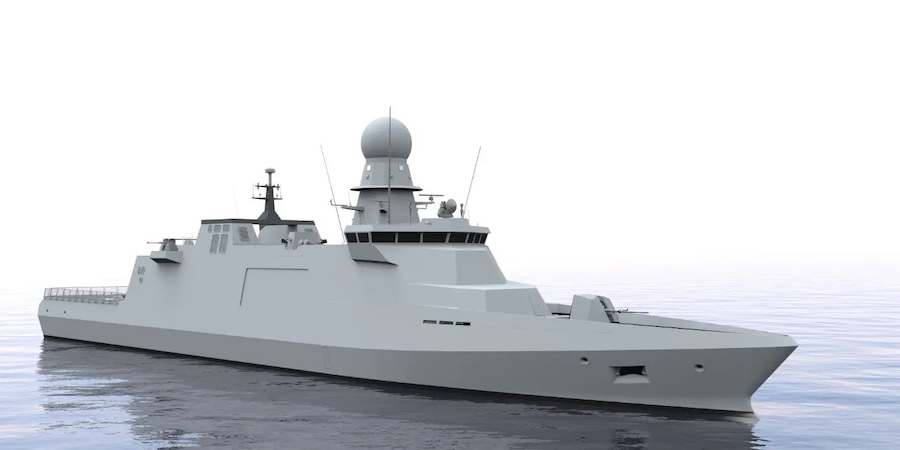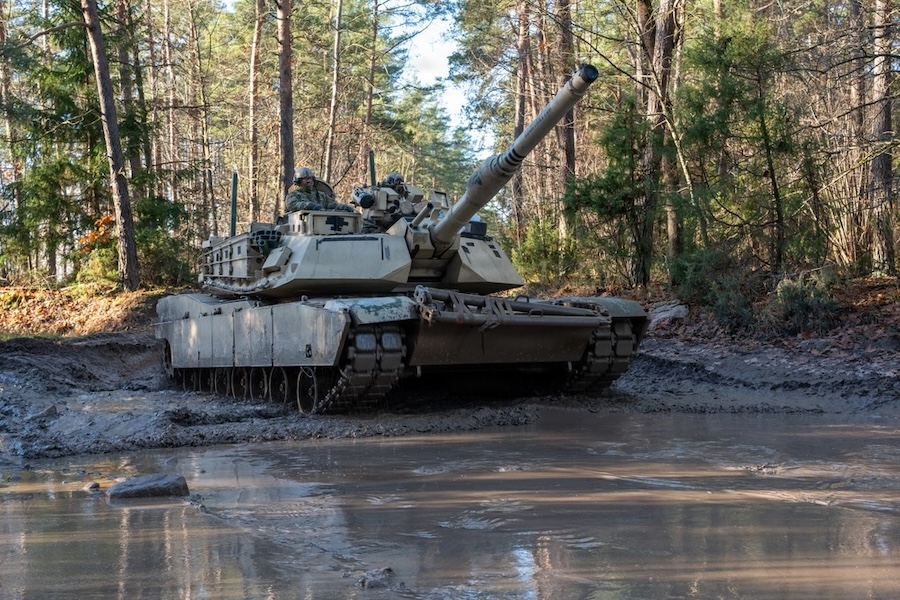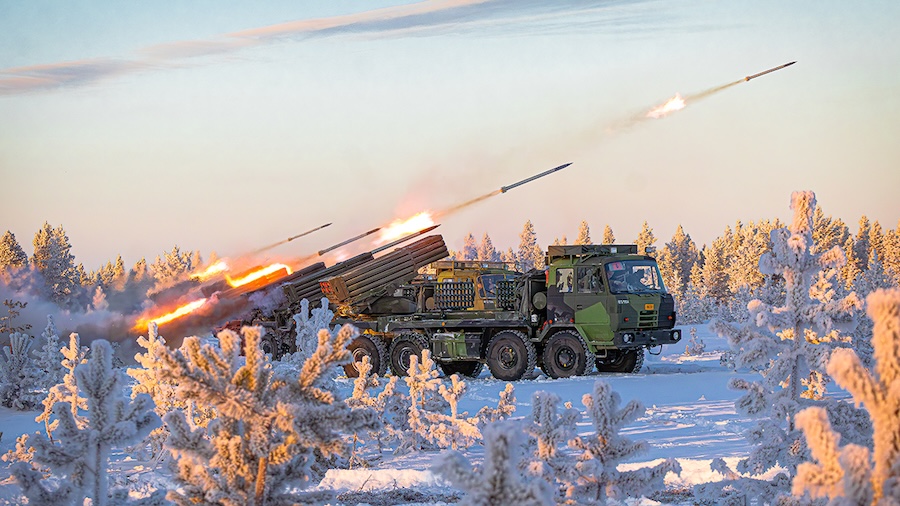In an interview with Threat Status, Lt. Gen. Gainey pointed to demonstrations of U.S. systems in Israel and Ukraine as evidence of progress. Patriot and Terminal High Altitude Area Defense (THAAD) systems had successfully intercepted various targets, but he acknowledged that the rapid pace of technological development poses ongoing challenges.
He highlighted the growing complexity of modern warfare, noting that adversaries are increasingly combining ballistic missiles, cruise missiles and drones in coordinated attacks designed to overwhelm operators. “They’re applying ballistic missiles, cruise missiles and drones simultaneously and timing them to be able to overwhelm the operator and confuse the operator. So that’s the most significant change we’re seeing on the battlefield,” he said.
Missile defence systems proved significant during Israel’s 12-day conflict with Iran earlier this year, when THAAD and Patriot batteries intercepted the majority of incoming missiles and drones. However, Lt. Gen. Gainey acknowledged that the depletion of stockpiles in such circumstances raises questions about sustainability in prolonged conflicts against well-equipped adversaries.
He underlined the importance of an “active defence” approach, focused not only on intercepting missiles in flight but also on neutralising threats before launch. This would include targeting production facilities, supply chains, and launch sites, potentially through both kinetic operations and cyber capabilities. He said such measures would reduce the demand for costly interceptors in extended conflicts.
Lt. Gen. Gainey also presented the Army’s Air and Missile Defense Strategy 2040, which aims to integrate both existing and emerging technologies into a cohesive system. He said the plan would enable improved detection, tracking, and destruction of missile threats, while providing service members with greater access to integrated sensor networks.
A central element of this strategy is the Integrated Battle Command System (IBCS), described as the most ambitious modernisation effort in four decades. The system is designed to connect any sensor with any shooter, combining advanced radars and interceptors to give operators a wider range of defensive options against diverse threats.
The general also noted that space capabilities will form a crucial part of future defence architecture. Protecting and utilising space-based assets, he said, will be essential for manoeuvre, precision fires, and communication across long distances. “It makes sense for the Army to have capabilities to be able to protect our space capabilities, to enable our manoeuvre on a battlefield, enable our precision fires and to also enable our communication over the rising long distances,” he remarked.
One subject that Lt. Gen. Gainey did not address was the Pentagon’s domestic missile-defence initiative known as the Golden Dome. The project, announced by President Trump in May with an estimated cost of $175 billion, is intended for completion before the end of his term. Defence officials have so far remained reticent about the Army’s role in its development.
Source: The Washington Times.




